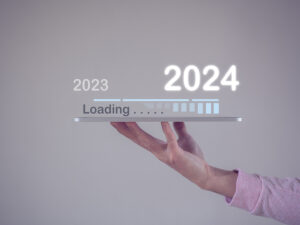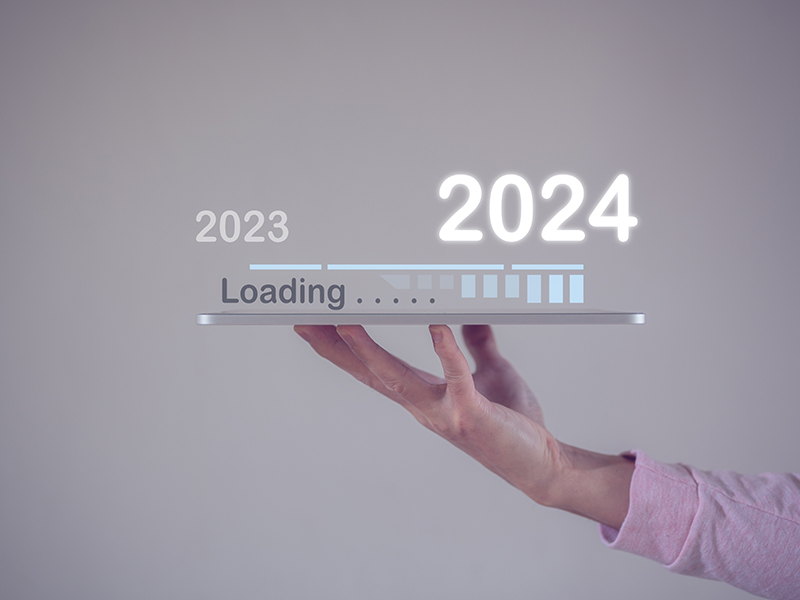Introduction
Hybrid events are fast becoming the norm of the conference calendar, but how do you ensure quality broadcast conference content, with an ever-increasing audience size? Here are our five practical tips that will help facilitate a smooth and successful hybrid event.
The Right Time
It sounds obvious I know, but many organisers focus on simply securing an event date, rather than putting serious thought into where in the calendar it should go. How will your audience react to your event date, considering the balance between in-person vs virtual?
Audience engagement, and a clear understanding of both the digital and in-person event calendar as a whole, is an invaluable way to ensure your event sits where it needs to. In many cases it may be wise to separate the dates, a hybrid event works best when it’s the right option to marry the two.
Which One Is For You?
As soon as people hear hybrid, they may have visions of utilising the best of both worlds, but often, to do that you need to decide which is best for your event needs. There are two main hybrid event types to choose from:
Internal Hybrid Events
Many companies host programs for their staff, like leadership seminars, stakeholder meetings, team building to important and structure changing announcements. There are an increasing number of companies with international cross-functioning teams, a hybrid event at your headquarters is a perfect solution for this situation.
External Hybrid Events
Of course, then we have the external event – catered to prospective clients, customers, and your general demographic. This type generally has more complexity and options for integration.
Whether you are showcasing your new products, making major announcements, or sharing new information to your external audience, hybrid really can help you pull in new attendees. The transition from in-person to virtual during an event, both lowers your carbon footprint and drastically improves audience satisfaction and engagement.
Before The Event:
Register
The saying If you build it they will come, is unfortunately a fallacy, build your audience first and they’ll most likely register is far more likely. There are many ways to do this, but the accessibility of virtual events coupled with an option to attend in person means the potential for audience building is vast.
Marketing Tools
There are endless marketing tools you can set up before your event, at the very least set up an event website allowing you to communicate with your audience. This also helps you to share your event agenda, what speakers you may have and what nature your hybrid will be.
One usual piece of tech you can create is a mobile event app, it helps to inform the in-person attendees and well is keep them connected to the virtual audience. This helps integration of audience interaction
Connecting Your Audience
After creating your registration forms, another important aspect to prepare before the event is connecting your audience, so as to create a pre existing relationship. This helps further networking and adds value to future events. This can be achieved through AI matchmaking, via information provided during the registration process.
During the Event:
Prompt To Download And Interact
If all has gone to plan, you should have a bustling community interacting with each other, all registered for their in-person or virtual event. Just make sure they can access the virtual event, and prompt them to download the event app. For in-person attendees it’s nice to have an option to download and print a badge for the event.
So your hybrid attendees are either digitally or physically navigating your event, with a 3D interactive floor plan seamlessly moving from room to room. Your digital movers are also utilising the virtual breakout rooms, discussion forums and sitting in rapt attention to your keynote speakers.
Q&A And Social Media
There are a few things that you must do during an event, so the attendees can get the most out of the experience. Live Q&A sessions are a great way to immerse your in-person and virtual attendees in two-way dialogue, transposing that interaction to social media helps to fuel further discussion.
It’s a great idea to have all your content available on demand after the event, or even during the event for those who arrived late or had technical issues. You should also give an option to send certain presentations over to those who couldn’t attend.
Post-Event Analytics
The best way to gauge whether your hybrid event has hit the mark, is through gathering post-event analytics. This can range from ad-clicks, profile views, directory searches, attendee engagement, and of course those likes and loves.
After The Event:
This all helps to generate insights for further attendee engagement, event invites, and optimisation of event production. If your event was memorable, a follow up email will be a delight to receive and will help you to continue engagement and reinforce audience participation.
Follow Up
A few things you can include in a follow up email are top quotes from the event, an eBook or white paper with detailed findings, on-demand content and not to forget a few pointers to the next event.
It’s a great idea to have all of your content available on demand after the event, or even during the event for those who arrived late or had technical issues. You should also give an option to send certain presentations over to those who couldn’t attend.
You can go further with post event follow up, helping you to generate a few leads by an engagement score, you could even arrange a few consideration calls and meetings to discuss issues or more importantly – praise.
Conclusion
Deciding when you want this event, why you need it to be hybrid, and if you can deliver the current standard are all important factors to a successful hybrid event. Researching what your audience needs, both in-person and digital is vital. By its very nature the hybrid event is two creatures in one, but they need to complement each other to succeed.
If you have any questions about the issues raised in this article, we at Mice Concierge can help. Get in touch with us today or call us directly on 01438 908 770








